Hi everyone,
Your help is needed in testing Brilliancy Static Mono metric.
Please have a look at the picture featuring diamonds which have almost same average brightness but differ in brilliancy.
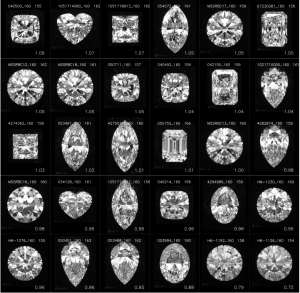
They are sorted and placed according to their brilliancy metric in the descending order, the Brilliancy metric value can be found in the lower right corner of every image.( Brightness value is in the top right corner)
Please let know if your visual perception of the diamonds brightness order differs from the order at the picture
Second image has same diamonds with original brightness
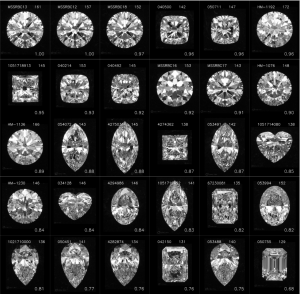
Your help is needed in testing Brilliancy Static Mono metric.
Please have a look at the picture featuring diamonds which have almost same average brightness but differ in brilliancy.

They are sorted and placed according to their brilliancy metric in the descending order, the Brilliancy metric value can be found in the lower right corner of every image.( Brightness value is in the top right corner)
Please let know if your visual perception of the diamonds brightness order differs from the order at the picture
Second image has same diamonds with original brightness



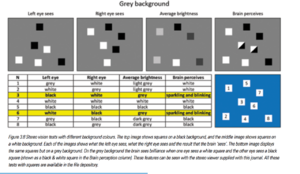
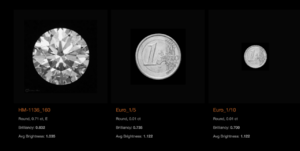
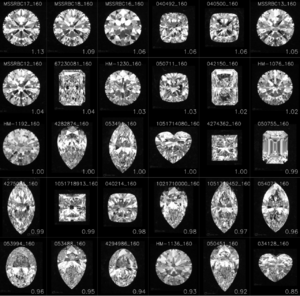
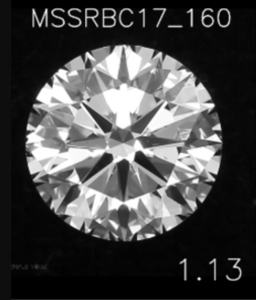
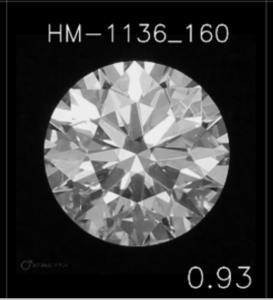
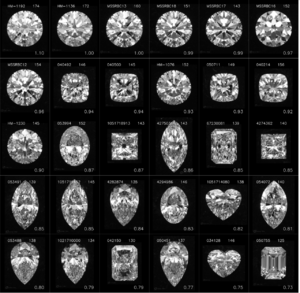
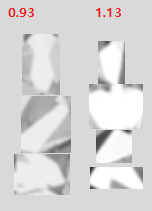





300x240.png)